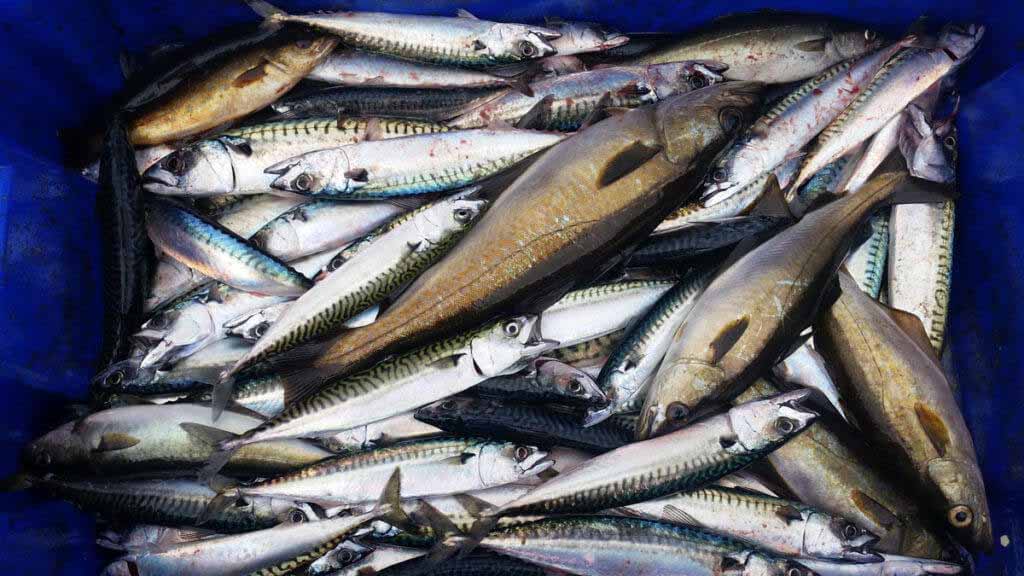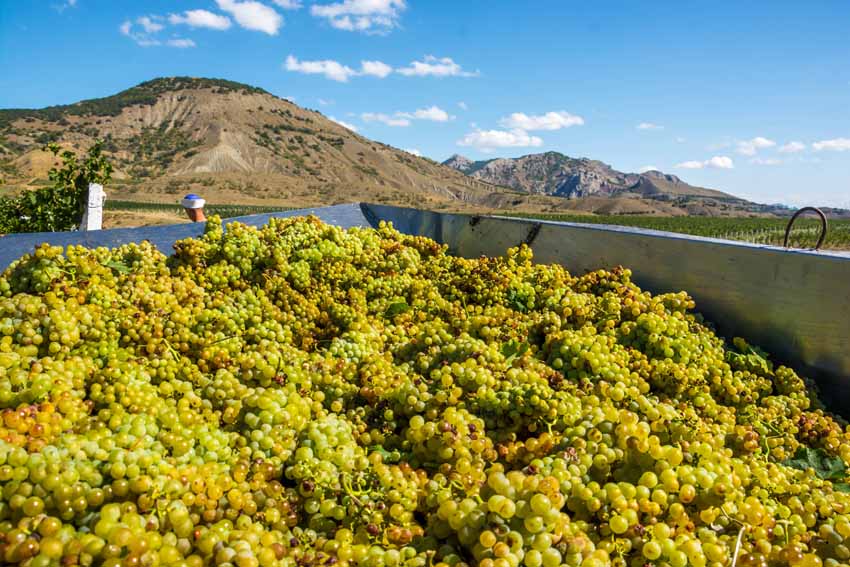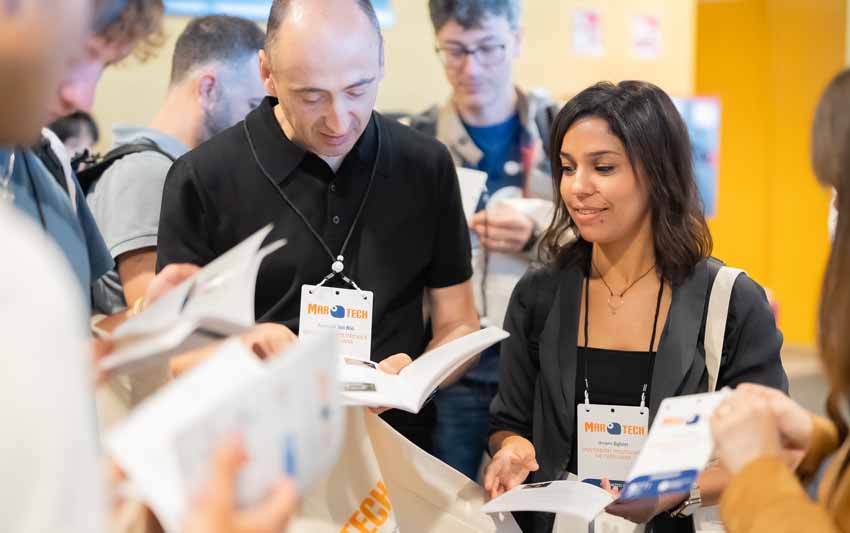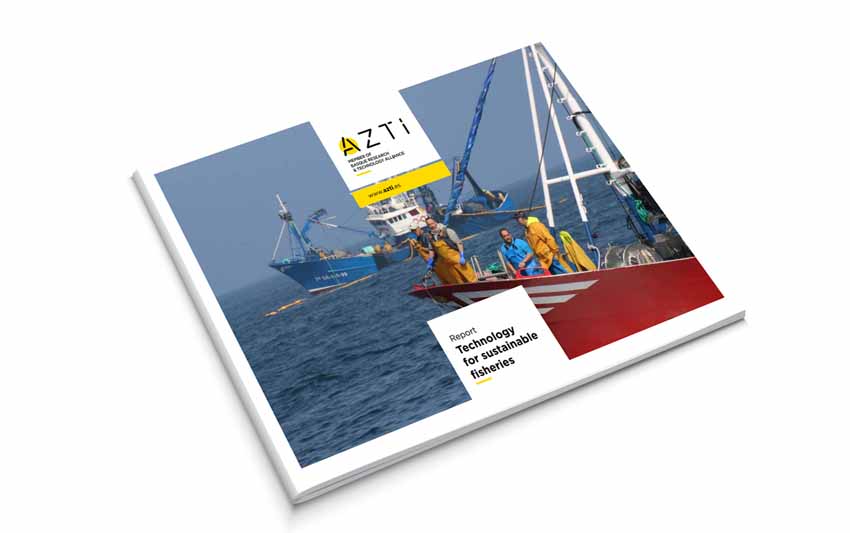Predicting the future Fish of the Day? How well do our models work?
Últimas noticias
AZTI Researcher Ángel Borja Receives Prestigious Odum Award for International Scientific Career
Una mirada LGTBIQ+ al reino animal
Circular Economy in Action: Valorisation of By-products through Projects like PRIMA NEWFEED
- The technology centre, AZTI, has participated in an international research study to find out how reliable projections of today’s fisheries forecasting models are in the North-East Atlantic.
- The main conclusion of the study is that the models used for climate change impacts on commercial marine fish species are reliable in terms of the analysis of general decadal-scale trends, but they present limitations when they focus on a particular species in a specific area.
- A team of modellers and researchers from Europe and Canada have participated in the research, which has been published by the prestigious journal, Global Change Biology ,
Pasaia, on 7th of May 2020. – Understanding how the physical and biological world reacts to climate change is a challenge that science must contend with. To accurately assess how species might respond to global warming the reliability of simulation tools must be tested.
In this context, the technology centre, AZTI, has coordinated a study, published in the prestigious journal Global Change Biology, which compared fisheries model projections of the abundance of fish and their geographical distribution with catch data from North-East Atlantic surveys.
“We wanted to know if current fish forecasting models are effective under different climate change scenarios, by verifying their reliability and to reach a better understanding of how much these models can be relied upon to draw scientific and fish management conclusions”, according to Josean Fernandes , the AZTI Sustainable Fisheries Management expert.

Global perspective vs specific focus
Las principales conclusiones del estudio revelan que los modelos son fiables cuando se trata de analizar tendencias generales y, por lo tanto, pueden ser proyectados bajo escenarios de cambio climático. Sin embargo, presentan limitaciones cuando el análisis se circunscribe a una especie o zona concreta.
The study concludes that the models are reliable when the aim is to analyse general trends. However, they have limitations when the analysis is confined to a specific species or area.
“The larger the scale at which the results were analysed, the more the fisheries models coincide with the oceanographic survey data. Results also improve when referring to total catches of several species and not to individual species”, the AZTI expert states. “The results of the study can be used to guide fisheries management at larger spatial scales, but greater caution is required at smaller scales. The application of these models to a species or small area will require a detailed analysis at local level of the model”, he adds.
A team of modellers and researchers from Europe and Canada have taken part in this work, with collaboration from, in addition to AZTI, Plymouth Marine Laboratory, University of Exeter, University of Bern, National Oceanography Centre of Southampton, Euro-Mediterranean Center on Climate Change and University of British Columbia. The work places emphasises where we need to focus efforts to improve the models for future research.
“Our study also questions whether it is time for a change of mindset, to now place our emphasis on mitigation and adaptation actions, both in science and in society, instead of focusing on estimating and questioning the possible consequences”, Fernandes reasons.
To develop this study, promoted by several European and national research projects, the team used eight updated ocean biogeochemical models that describe the way in which climate change is going to affect the physical, chemical, geographical and biological conditions of the North-East Atlantic, including temperature, nutrients and plankton. And how those changes in environmental conditions affect projected changes in distributions, abundances and biomasses of commercial fish species in various spatial scales.
Paper
Can we project changes in fish abundance and distribution in response to climate? by Jose A. Fernandes, Louise Rutterford, Stephen D. Simpson, Momme Butenschön, Thomas L. Frölicher, Andrew Yool, William W. L. Cheung, Alastair Grant in Global Change Biology, DOI: 10.1111/gcb.15081.
Notes to editors
The paper will be available via: https://www.doi.org/10.1111/gcb.15081







